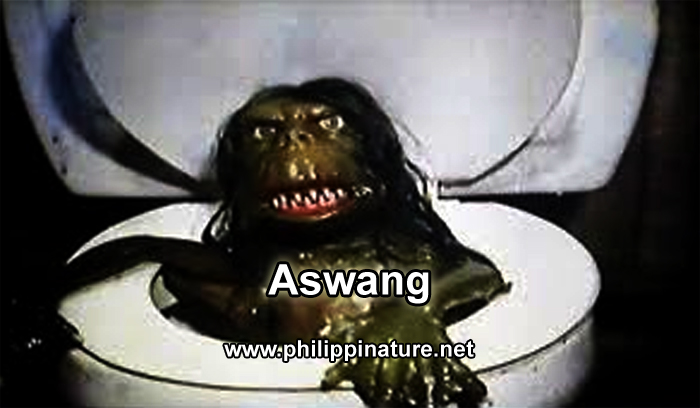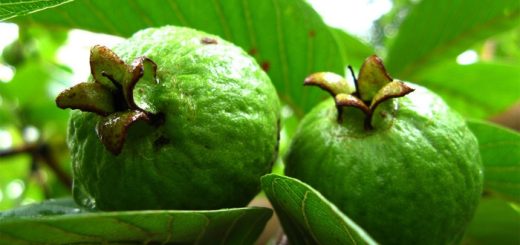Aswang – The Mythical Creature of Philippine Folklore

The Philippines, an archipelago rich in culture and history, is home to a diverse array of myths and legends. Among these, the aswang stands out as one of the most intriguing and terrifying figures in Filipino folklore. This creature has captured the imagination of many, becoming a staple in stories, films, and popular culture. Join me as we delve into the world of the aswang—its origins, characteristics, and cultural significance.
What is an Aswang?
The aswang is a shape-shifting creature often depicted as a vampire-like being that preys on humans, particularly pregnant women and infants. Its descriptions vary widely across regions, with some believing it can transform into a dog, pig, or even a beautiful woman. This versatility makes the aswang a particularly chilling figure, as it can blend into society while harboring sinister intentions.
The aswang legend is thought to have roots in pre-colonial Philippine culture, evolving over centuries of Spanish colonization and subsequent globalization. The term “aswang” itself is derived from the root word “suwang,” which means “to turn” or “to change.” Different regions have their unique takes on the aswang myth:
Visayas Region: Often depicted as a woman with a long tongue that extends to suck the blood of her victims.
Mindanao: Sometimes seen as a creature with bat-like wings, soaring through the night in search of prey.
Luzon: In some areas, the aswang is believed to have a human appearance during the day, only revealing its true nature at night.
One of the most notable features of the aswang is its ability to change shape. This transformation can be so complete that it can fool even the most discerning eye. This quality adds to the aswang’s allure and horror, as it can live among humans, hiding in plain sight.
The aswang is often associated with bloodlust. In many tales, it preys on pregnant women, consuming their fetuses. This gruesome aspect of the legend reflects deep-seated fears surrounding childbirth and maternal health, prevalent in a society where such issues were often life-threatening.
Despite its fearsome reputation, the aswang is not invincible. In folklore, certain items can repel or harm it, such as garlic, salt, and holy water. It is also said that if an aswang is caught in the act of feeding, it can revert to its human form, exposing its true nature.
Cultural Significance
The aswang serves as more than just a scary story; it embodies various societal fears and values. Here are a few ways the aswang influences Philippine culture:
Moral Lessons
Many stories about the aswang carry moral lessons, often warning against greed, betrayal, and the consequences of one’s actions. By presenting the aswang as a figure that preys on the weak, these tales emphasize the importance of community and protecting one another.
Gender and Feminine Power
The aswang is frequently portrayed as a female figure, which invites discussions about femininity and power. In some interpretations, the aswang represents a woman’s potential for both creation and destruction, challenging traditional gender roles.
Pop Culture Influence
The aswang has transcended folklore to become a significant character in Philippine cinema, literature, and television. From horror films to comedic portrayals, the aswang continues to evolve, captivating new generations and ensuring its place in the cultural lexicon.
On a final note
The aswang is a complex and multifaceted figure that reflects the fears, values, and traditions of Filipino society. As both a cautionary tale and a source of fascination, it highlights the importance of storytelling in preserving cultural heritage. Whether you view the aswang as a terrifying monster or a symbol of deeper societal issues, there’s no denying its enduring impact on the Philippine psyche.
As we continue to explore the legends of the past, the aswang remains a powerful reminder of the richness of Filipino folklore and the universal themes that connect us all. So, the next time you hear a rustle in the night or catch a glimpse of something lurking in the shadows, remember: it might just be an aswang.
References:
https://en.wikipedia.org/wiki/Aswang










